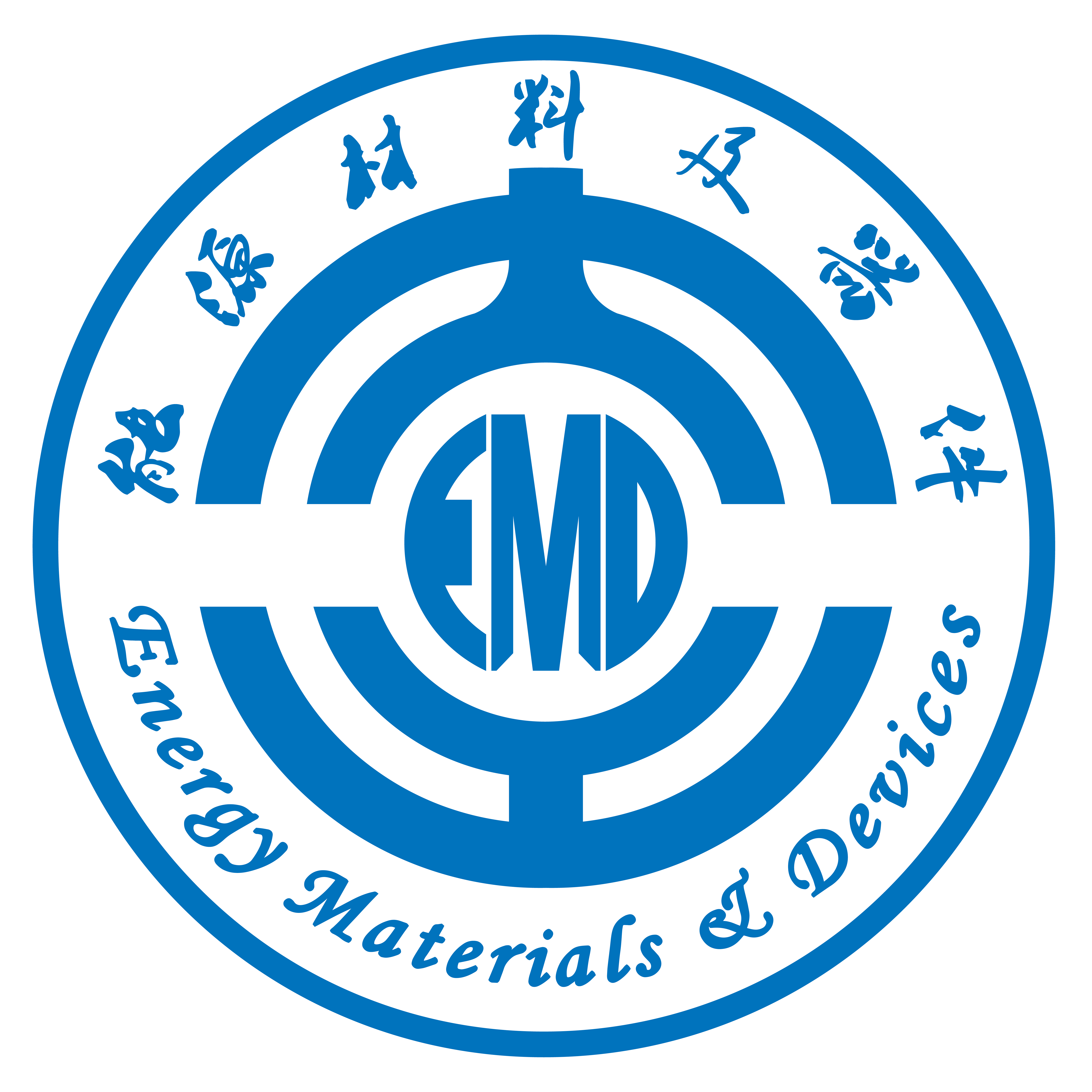Abstract: Boron-doped carbon catalysts are synthesized via a liquid-phase electrodeposition technique using methanol-containing graphene nucleating agent and B2O3 dopant as the reaction solution. The relationship between boron-doped content and specific surface area (SSA), as well as their influence on electrocatalytic activity for oxygen reduction reaction, is studied by changing the concentration of B2O3. When the concentrations of B2O3 are 23.94 and 14.36 mol·ml-1, respectively, boron-doped content and SSA reach the peak values of 0.53 at.% and 18.476 m2·g–1. The data of electrochemical tests, such as onset potential of –0.016 V and transferred electron number of 3.74–3.77 in the range of –0.5 to –0.9 V, exhibit that the catalyst with a boron-doped content of 0.47 at.% and an SSA of 18.476 m2g–1 has the best electrocatalytic activity in all the synthesized samples. The enhanced electrocatalytic activity is ascribed to a synergistic effect originating from boron-doped content and SSA, in which the SSA contributes more. The experimental results have important guiding significance to maximize the oxygen reduction activity of catalysts and elucidate that it tends to design and synthesize catalysts with large SSA compared with doping.
https://doi.org/10.1002/fuce.202000175

